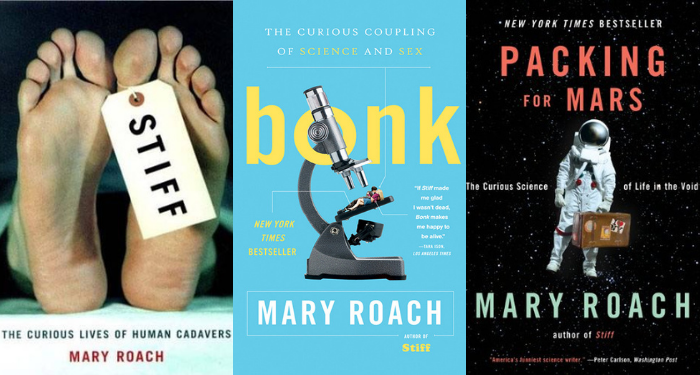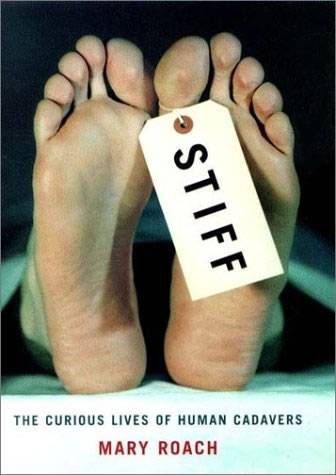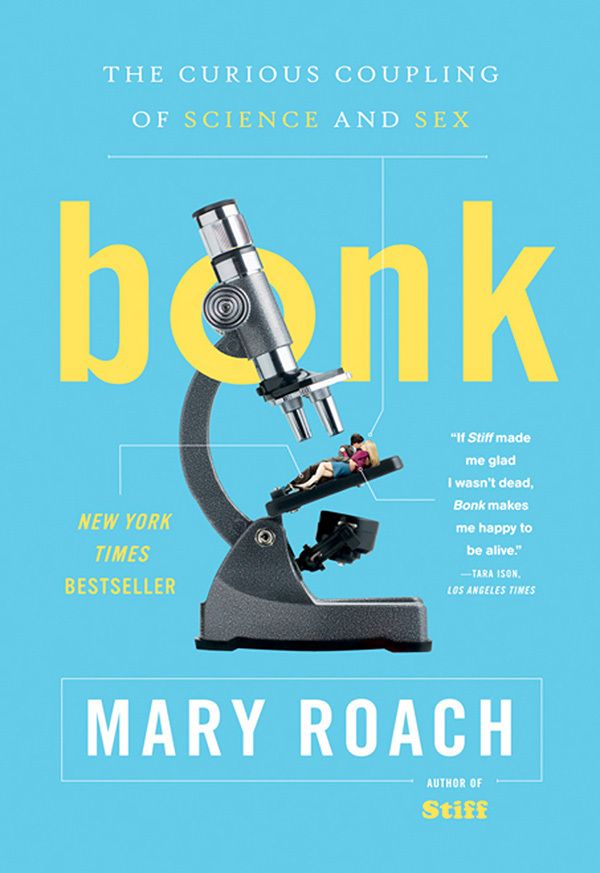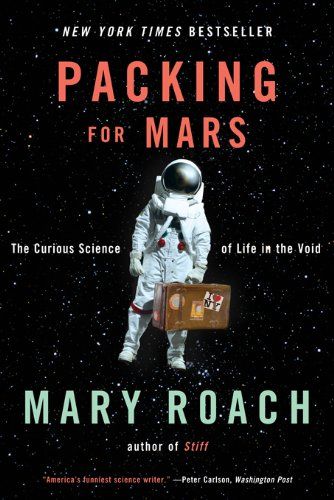
Reading Pathways: Mary Roach Books
Mary Roach is hands down the best nonfiction writer alive today. She takes a strange or taboo or controversial topic — cadavers, sex, war, digestion, the afterlife — and dives real deep. She interviews experts, reviews the scientific literature, partakes in any experiments or tests as she can, and has some of the snarkiest footnotes I’ve ever seen. Her humor and love of fart jokes make the seemingly hard science-y subjects more down-to-earth for us, uh, not science-y people.
The 62-year-old bestselling science writer didn’t intend to become a science writer, though. In a 2013 interview with The Verge, she said she goes into each book topic without much prior knowledge: “I come into a book with the same sense of awe as my readers. I’m discovering all of this stuff with them at the same time, this feeling of ‘holy shit, I cannot believe that!’” If you read even a single chapter of one of her books, it’s easy to see her unabashed love and fascination for the weirdness of human existence. No topic is too mundane.
Her next book, Fuzz: When Nature Breaks the Law, about the intersection of humans and animals, comes out in September and I cannot wait to get my paws on it. In the meantime, here are the books to get you started with Mary Roach’s work and start viewing the world in a new way.
Reading Pathway: Mary Roach

Stiff: The Curious Lives of Human Cadavers
Mary Roach’s best known book, Stiff, is an excellent starting point. It’s the first of hers I ever read, which prompted me to immediately gobble up two more once I finished it. Stiff is about what happens to bodies when they are donated to science — because, fun fact, if you choose to donate your body, you don’t have much say in where you go. Being used by medical students and for forensics research makes sense. But did you know cadavers are also used as crash test dummies and target practice? Or that some of those medical students hold a funeral-like ceremony for their cadavers at the end of the semester? Roach breathes life into the story of what happens to our physical beings after death in the most respectful, informative way. She digs into more than just the unusual science bits; she also gets into the ethical and moral issues surrounding the use of cadavers in any form.

Bonk: The Curious Coupling of Science and Sex
Let’s move on from death and into the science of sex. Bonk answers all the questions you never wanted to ask — or never even knew to ask — about getting frisky. Can a person think themself to orgasm? Can a dead person get an erection? (Answers: Yes and yes.) She traverses the history of sexual history from Aristotle to Kinsey to the modern day, where she meets with all kinds of doctors and scientists who get all up in people’s business to further our knowledge about sex. My absolute favorite part of this book is the fact that Roach and her husband had sex in an MRI machine. For science! She also gave a TED Talk titled 10 Things You Didn’t Know About Orgasm, if you want to get a taste for the book.

Packing for Mars: The Curious Science of Life in the Void
It feels right to end the Mary Roach tour with her incredible book about space travel. Packing for Mars covers the mental and physical effects on the human body in space, the use of cadavers for anatomically precise testing of equipment, and the topic I’m most interested in: space hygiene. And also pooping and sexing and vomiting in space. There is a Space Shuttle potty training toilet, y’all. If that doesn’t make you even a little bit curious, I don’t know what to say to you.
For more deep dives into a single author’s catalog, be sure to check out our Reading Pathways archive.













